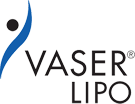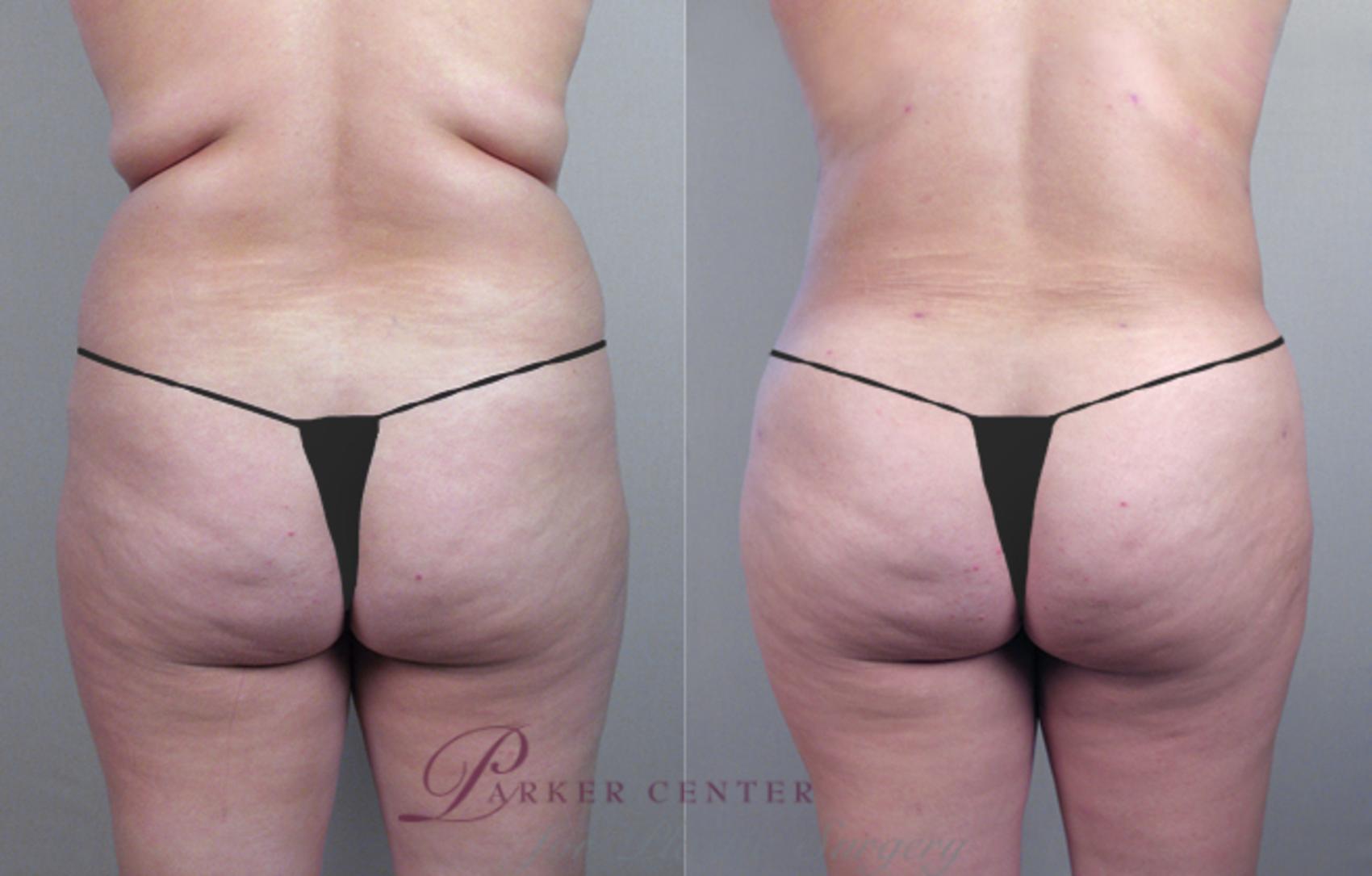Since its introduction in the 1980s, liposuction has undergone significant improvements in technique and results. It is generally considered safe but not all liposuction procedures are created equal. To answer the question “Is liposuction safe?” more accurately, we’ll need to first understand what the procedure is and how it’s used.
What Is Lipo?
Liposuction refers to a category of body contouring procedures that involve the targeted removal of fat with suction. Learn more about this minimally invasive procedure below.
How Does Liposuction Work?
Liposuction works by using a thin tube called a cannula and attaching it to a vacuum-based liposuction aspiration machine. Traditional liposuction (or suction-assisted liposuction, SAL) involves manually breaking up stubborn fat deposits with the cannula before suctioning the dislodged pieces away. This method has been the “gold standard” against which all liposuction devices have been measured.
What Are the Different Types of Liposuction?
In addition to traditional liposuction, there are multiple versions of the procedure available. Tumescent liposuction follows the same steps as SAL except for an initial injection of tumescent solution, which acts as a local anesthetic and makes the fat firmer and easier to remove.
Newer versions of the procedure tend to include an energy component to assist in fat removal. These include:
Ultrasonic Assisted Liposuction (UAL)

Ultrasonic assisted liposuction, or UAL uses sound waves to break up fat. It was first introduced in Europe in the late 1980s. Based on its popularity there, it was studied extensively by the American Society of Plastic Surgeons in the 1990s before being introduced in the United States.
The VASER (vibration amplification of sound energy at resonance) system of UAL was introduced in 2001 by William Cimino, PhD, a physicist with extensive experience in ultrasonic instrumentation for surgery. Shortly after its release, I adopted this system.
VASERlipo® has enabled me to provide his patients with natural-appearing body contouring results and a rapid, pain-free recovery. Over the years, I have found VASER Liposelection valuable for patients undergoing both small and large amounts of fat removal.
Is VASERlipo safe?
UAL (and VASERlipo specifically) is a safe and gentler alternative to SAL. The tip of the VASER probe emits a precise amount of ultrasonic energy that specifically emulsifies the target fat cells and spares the surrounding skin, blood vessels and nerves. The term “liposelection” has been used to describe this level of specificity.
Compared with the earlier UAL devices, the VASER system produced the following advantages:
- Thinner probes and cannulae
- Lower levels of ultrasonic energy required to melt fat
- More efficient and effective energy delivery method
- Faster operative times
- Greater preservation of blood vessels and nerves
- Lower postoperative discomfort
In addition, the VASER system leads to improved skin retraction and re-draping during the healing phase in patients with poor skin elasticity. Research in the Journal of Plastic and Reconstructive Surgery found “statistically significant and clinically-relevant improvement in [VASER-assisted liposuction] relative to SAL.”
Laser-Assisted Liposuction (LAL)
In the past several years, various companies have introduced liposuction systems based on different wavelengths of light used to destroy fat cells. These laser-assisted liposuction (LAL) systems are known as SmartLipo®, SlimLipo™, ProLipo™, etc. These technologies use laser frequencies that are not as specific for fat as the VASER ultrasonic energy.
Is LAL safe?
Liposuction systems have not undergone the same level of study or scientific scrutiny as UAL or the VASER system. Despite this relative lack of science, these laser systems have been marketed heavily by their manufacturers and the doctors using them.
I have carefully evaluated the clinical studies on these devices as they have become available. To date, I feel they are underpowered systems which do not provide an advantage in terms of results and recovery for my patients.
The main concern is this: the lack of tissue specificity with the laser devices means the energy they emit may cause equal damage to fat, nerves, blood vessels, and the skin.
SAFE Liposuction
For several years now, I have been using a technique called “SAFELipo.” This method of liposuction was developed by my friend and colleague, Dr. Simeon Wall Jr., in Louisiana. The term represents an acronym for: Separation, Aspiration & Fat Equalization.
How does SAFELipo® work?
The separation phase uses a specifically designed cannula to gently separate, or loosen, the fat cells from one another. This allows the surgeon to aspirate, or remove, the unwanted fat cells more easily using fine cannulas. The final fat equalization phase allows me to smooth out the area, leaving behind a thinner layer of separated healthy fat cells. My patients and I like the consistently natural improvements in contour and skin retraction that SAFElipo provides.
Is SAFELipo safe?
I believe SAFELipo has the advantage of loosening fat cells without damaging them with ultrasonic or laser energy like other systems on the market. I see no disadvantages to this method. Therefore, for the most part, SAFELipo has become my procedure of choice in performing liposuction.
Other Forms of Liposuction/Lipolysis
- Water-assisted liposuction (WAL) is a liposuction technique with comparable results to SAFE liposuction or VASER liposuction.
- External ultrasound delivers ultrasonic energy through the skin by an external paddle. Its effectiveness continues to be studied and debated.
- Mesotherapy and injection lipolysis are non-surgical alternatives to liposuction. Their safety and ability to deliver satisfactory, consistent results are under investigation but have been questioned.
- CoolSculpting is a patented method of non-surgical fat reduction which selectively freezes fat in undesired areas.
Why Board Certification Matters
Like any procedure, your safety has as much to do with the surgeon’s skill and expertise as the technology they use. Trusting a board-certified plastic surgeon with significant body contouring experience can ensure the safest and most predictable outcomes.
Take the Next Step
If you are interested in learning more about your liposuction options, please request a consultation or call our office at (201) 967-1212. Not sure if you’re ready? Our related blog post can help you determine if liposuction is right for you.





Leave a Reply